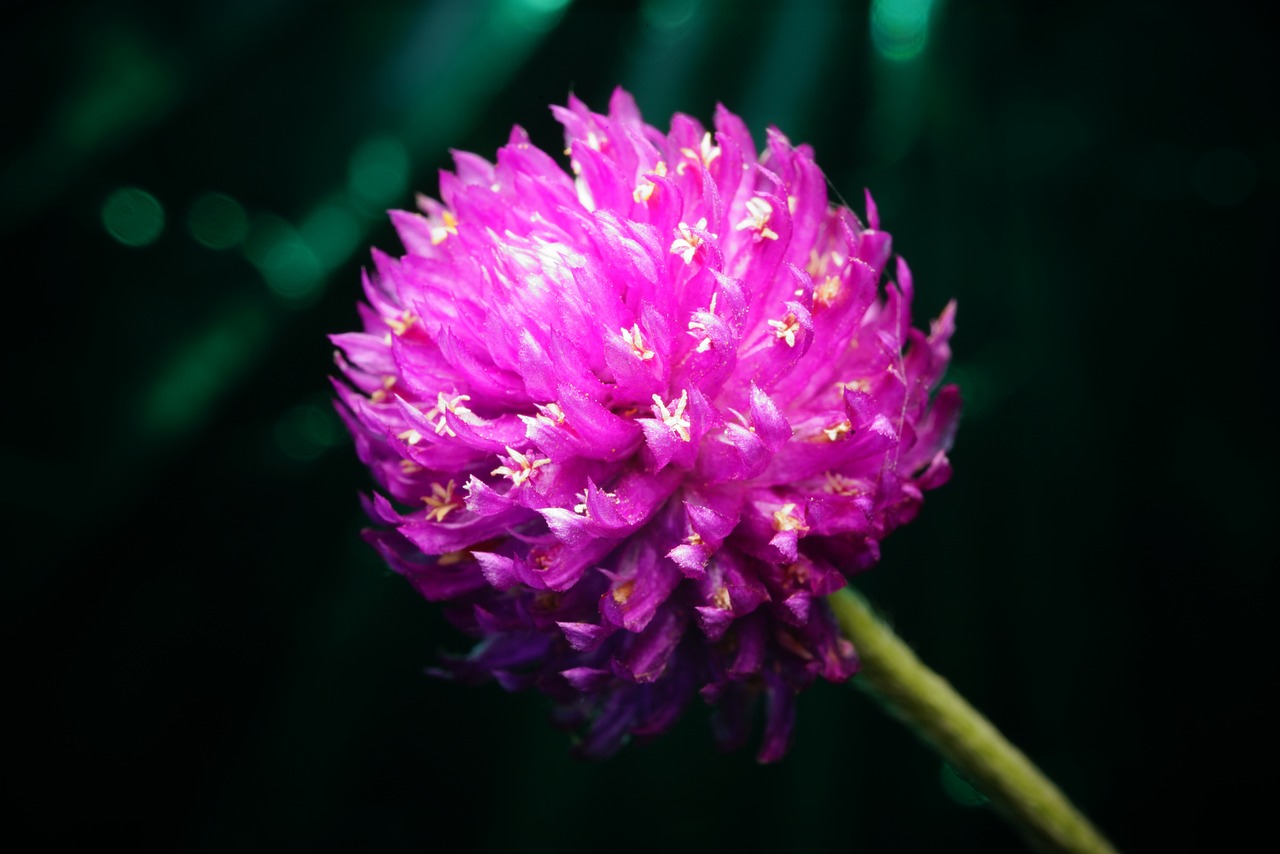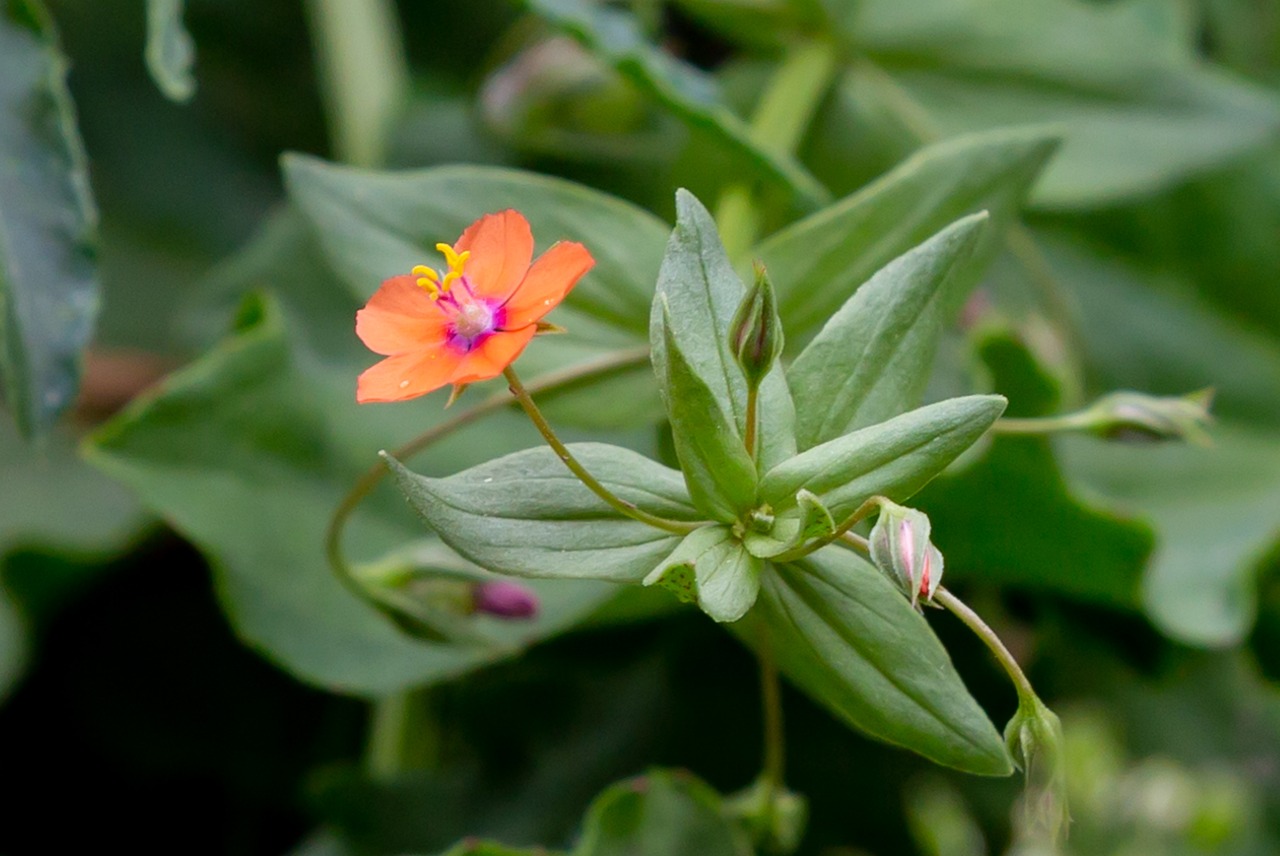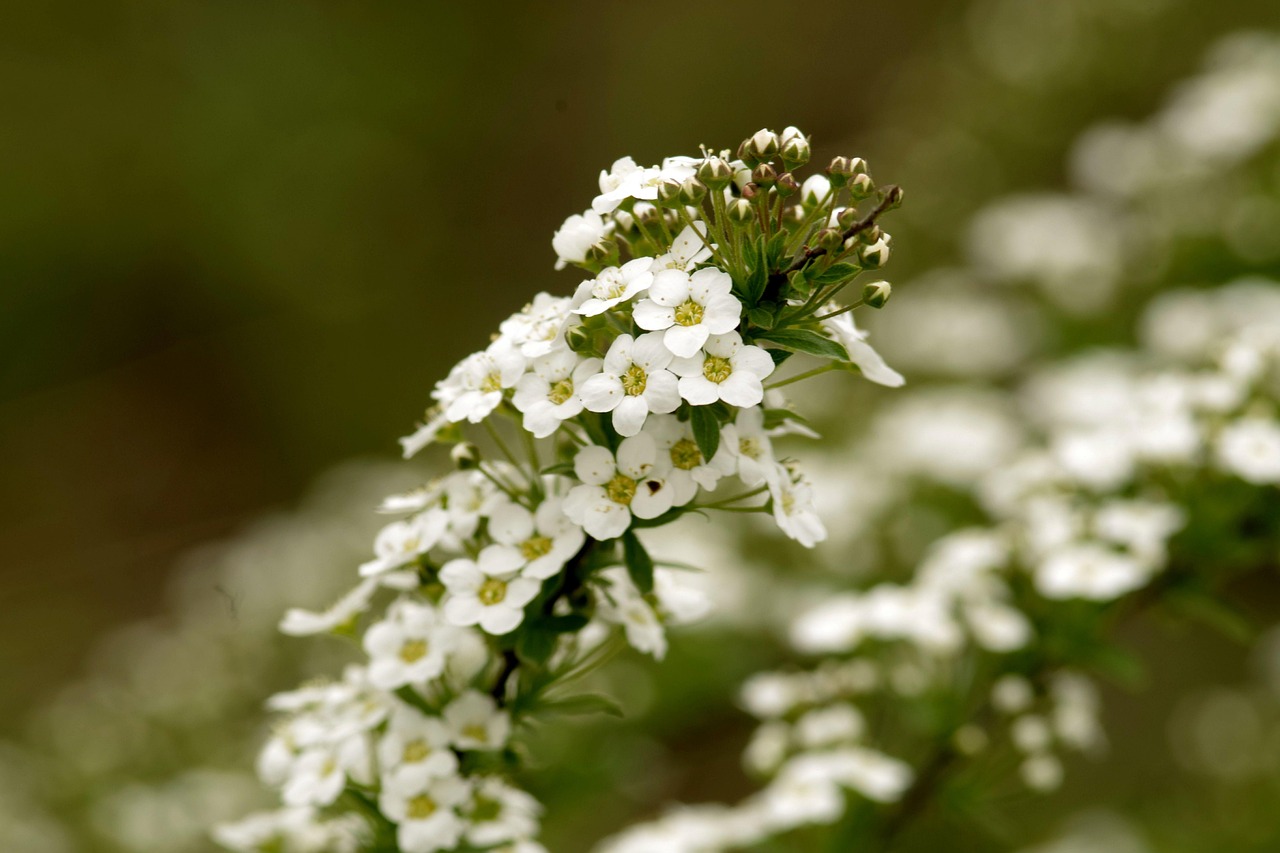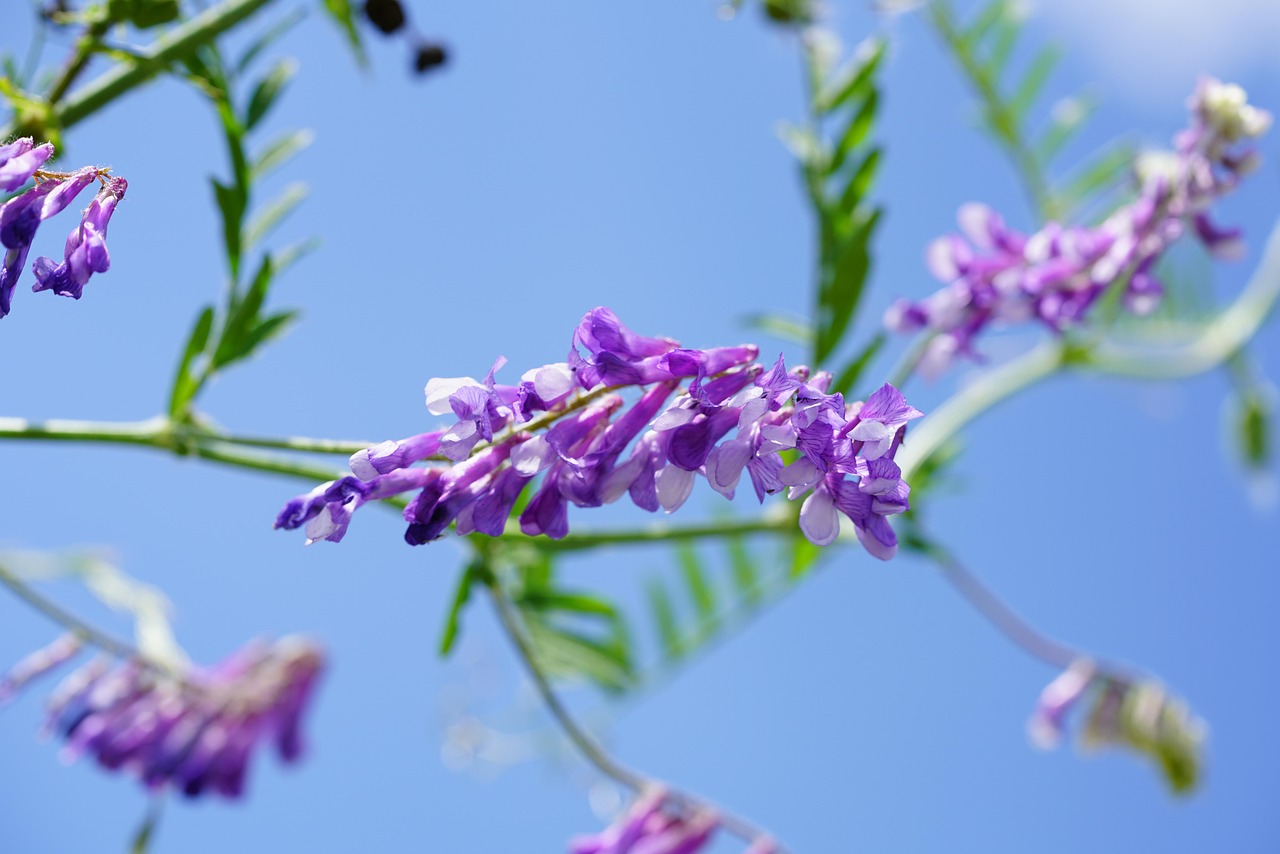Gentiana verna | The Beloved Blue Flower of the Mountains
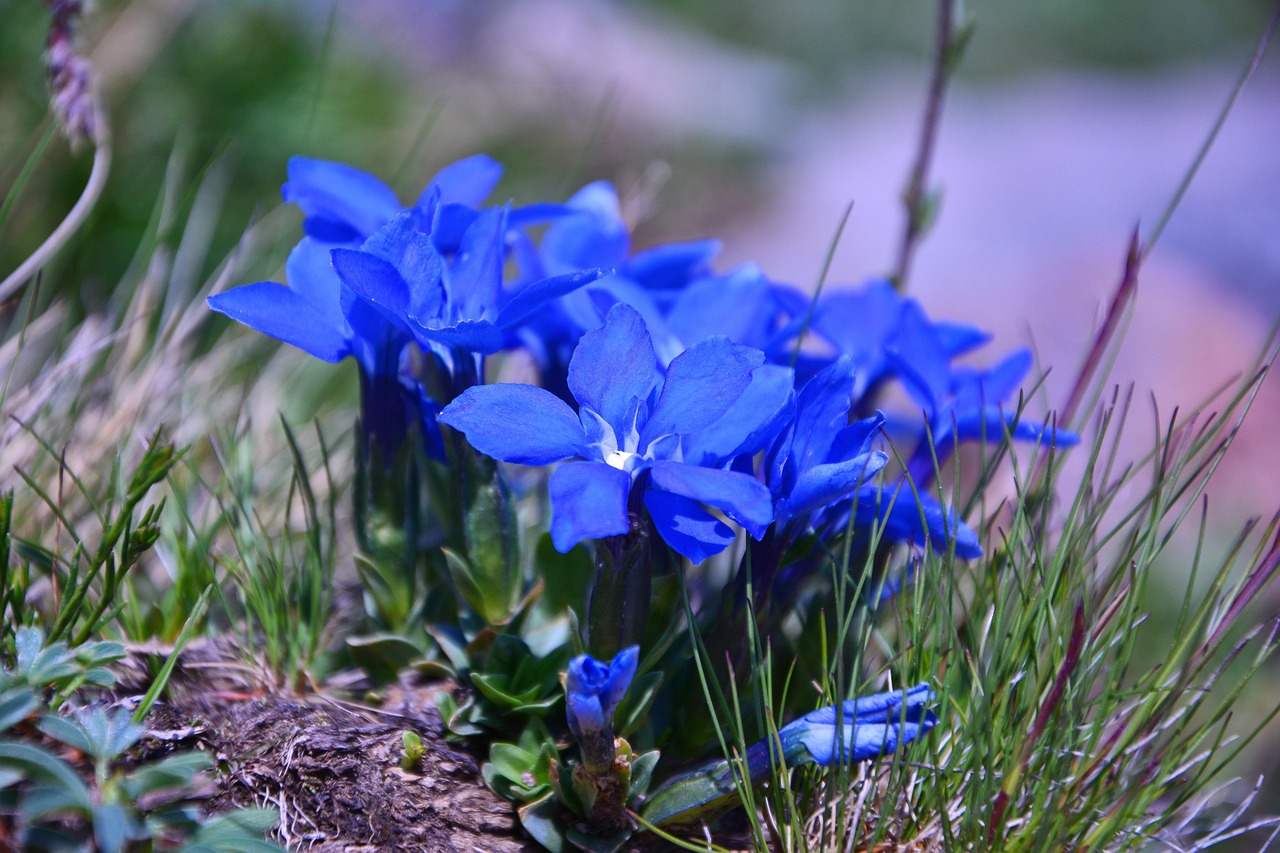
Gentiana verna is a perennial plant that produces clear blue flowers and grows naturally in the alpine regions of Europe, including the Alps.
Although small and delicate in appearance, it has long been cherished by many gardeners for its striking color and the unique presence typical of alpine plants.
In this article, I will provide detailed information about Gentiana verna, including its basic characteristics, cultural and historical background, and tips for cultivation.
Basic Information
- Scientific name: Gentiana verna
- Family: Gentianaceae
- Origin: Alpine regions of Europe (such as the Alps and the Pyrenees)
- Appearance: It grows low to the ground, about 5–15 cm tall, and produces vivid star-shaped blue flowers with five petals. The leaves are narrow, glossy, and spread along the ground.
- Flowering season: Spring to early summer (April–June)
Cultural Significance Around the World
Gentiana verna is cherished in the European mountains as a “flower that announces spring.”
Its brilliant blue blooms, appearing as the snow melts, have long been regarded as a symbol of the end of winter and the arrival of a new season.
In Switzerland and Austria, the flower can often be seen in alpine botanical gardens and nature reserves, where it is also valued as a tourist attraction. It is sometimes featured in the emblems of schools and local municipalities, symbolizing natural beauty and regional pride.
In the mountainous regions of Italy and France, spotting Gentiana verna during hikes or mountain climbs is considered one of the signs of spring.
Historical Episodes
The genus Gentiana has been known since ancient times, and its name is said to derive from King Gentius of Illyria, who took an interest in its properties.
Gentiana verna became widely recognized in the 18th century with the development of European botany and was featured in horticultural books and plant encyclopedias as a representative alpine species.
During the Victorian era, the culture of collecting and cultivating wild alpine plants spread across Europe, and Gentiana verna was admired for its beauty.
By the late 19th and early 20th centuries, it frequently appeared as a motif in poetry and paintings that celebrated the Alps, leaving its mark on art and literature.
Gardening Advice
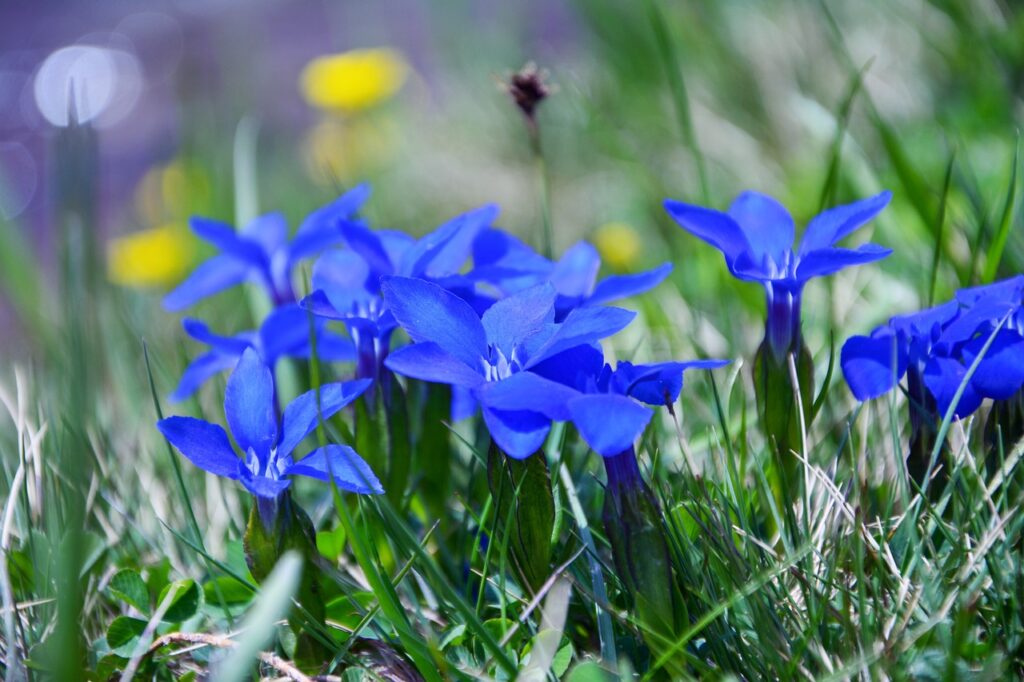
Gentiana verna is somewhat delicate, but with proper conditions, it can be cultivated successfully.
Light
Prefers sunny locations. It can tolerate full sun in cool climates but requires partial shade in hot summers.
Watering
Avoid overwatering while keeping the soil moderately moist. Water generously when the surface dries, but ensure good drainage.
Soil
Prefers well-drained sandy soil with a neutral to alkaline pH. A mixture of pumice, river sand, and leaf mold works well.
Fertilizer
Apply a diluted liquid fertilizer every two weeks during the growing season. Avoid over-fertilization.
Planting
Best done in spring or autumn. Handle the roots gently and choose a well-ventilated site.
Hardiness
Very resistant to cold and frost due to its alpine nature, but prone to root rot if exposed to excessive moisture.
Conclusion
Gentiana verna, a charming blue flower native to Europe’s alpine regions, has long been celebrated as a harbinger of spring.
It holds cultural importance, appearing in local emblems and works of art, and has been admired since the rise of botanical studies in the 18th century.
Although its cultivation requires some care, its beauty continues to captivate. Gentiana verna is a flower that brings quiet inspiration to the garden, embodying the vitality of nature.

